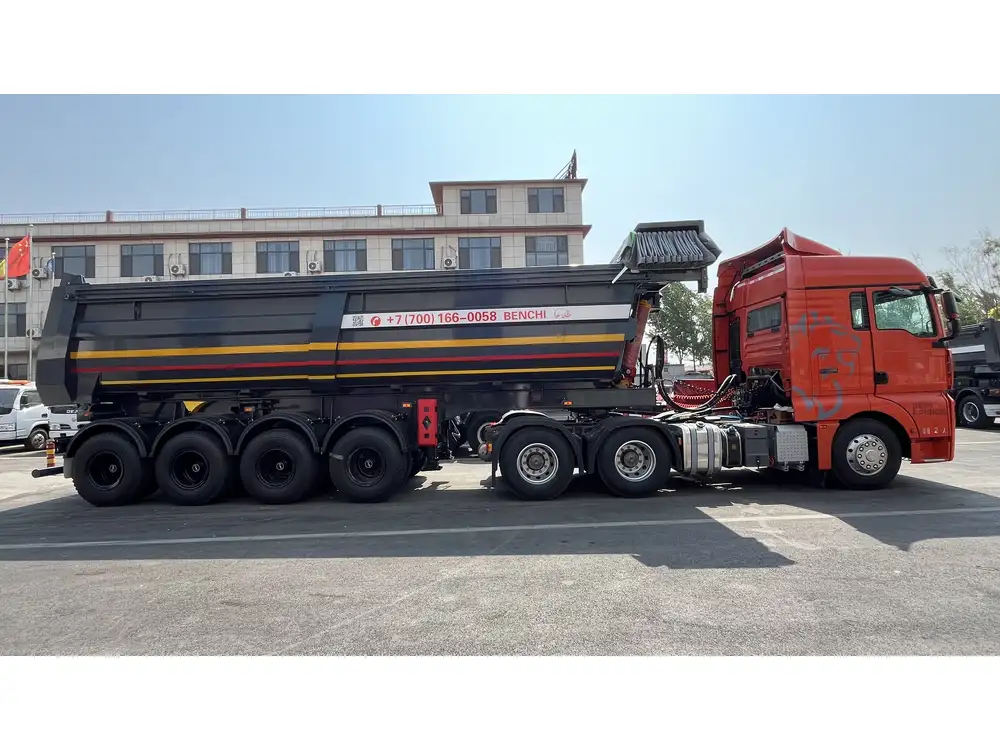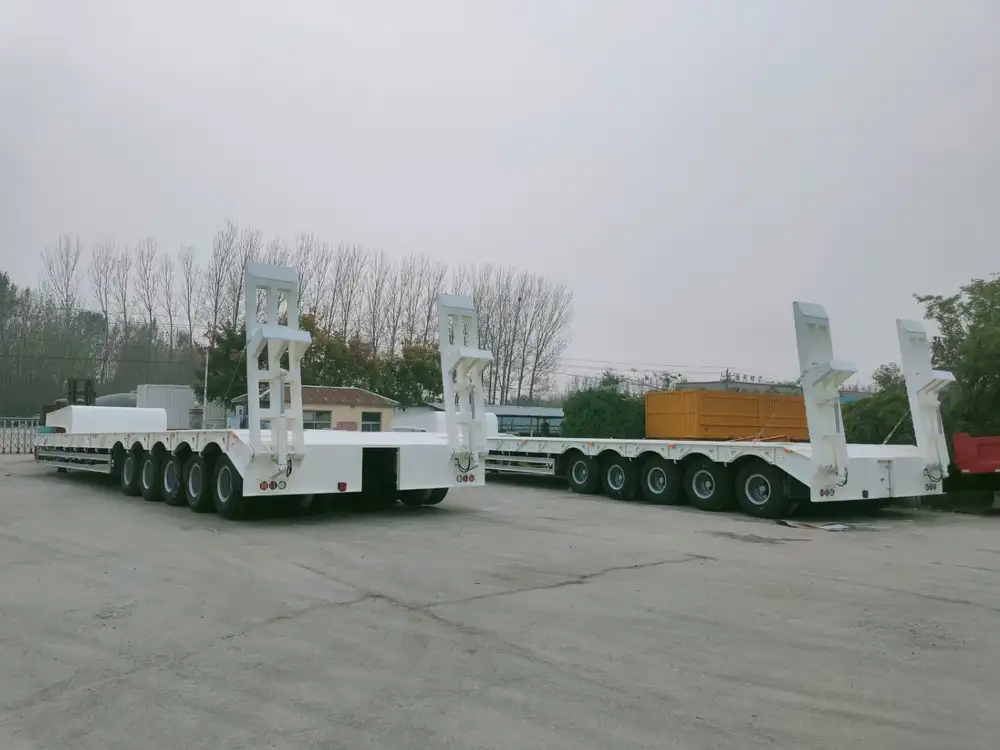When faced with frame cracks on aluminum flatbed trailers, swift and effective repair is essential for safety, durability, and the overall performance of your equipment. In this comprehensive guide, we delve into methodologies for identifying, assessing, and rectifying these issues, ensuring that your trailer is roadworthy and reliable for years to come.
Understanding Aluminum Flatbed Trailers
Aluminum flatbed trailers have gained immense popularity due to their lightweight properties and resistance to corrosion. However, despite these advantages, they are not impervious to damage. Frame cracks can occur due to various factors including stress fractures from heavy loads, poor manufacturing practices, and environmental conditions. Recognizing the different types of frame cracks is the first critical step toward an effective repair.
Types of Frame Cracks
| Type of Crack | Description | Common Causes |
|---|---|---|
| Stress Cracks | Fine cracks often found near welds or joints. | Overloading, improper loading techniques. |
| Fatigue Cracks | Gradual fractures due to repeated stress. | Extended use, cyclical loading. |
| Impact Cracks | Sudden breaks from collisions or drops. | Accidents, rough terrain. |
| Corrosion Cracks | Caused by environmental factors leading to weakening. | Exposure to moisture, chemicals. |
Understanding the nature of these cracks will help you choose the appropriate repair method.

Safety Precautions Before Starting Repairs
Before embarking on any repair, it’s critical to prioritize safety:
- Wear Protective Gear: Gloves, goggles, and a hard hat are essential.
- Ensure Stability: Park the trailer on a level surface and use wheel chocks.
- Disconnect Electrical Systems: If applicable, ensure that you disconnect any trailer lights to avoid shocks.
Tools and Materials Required
Essential Tools
- Welding Machine: TIG or MIG depending on the type of aluminum.
- Angle Grinder: For cleaning and preparing the cracked area.
- Drill: For pre-drilling holes if necessary.
- Clamps: To hold pieces together during welding.
- Measuring Tools: To ensure accurate alignment.

Materials Needed
- Aluminum Filler Rods: Match the type of aluminum used in your trailer.
- Aluminum Repair Patches: For covering large cracks.
- Cleaning Solutions: Acetone or a suitable degreaser to prepare the surface.
Assessing the Damage
Visual Inspection
Begin with a thorough visual examination. Look for cracks, bends, or any irregularities in the frame. Use a flashlight to illuminate dark areas, checking under any existing structures.

Measuring the Crack
Using calipers or micrometers, measure the width and length of the crack. This information will determine the severity and the necessary materials for repair.
Step-by-Step Repair Process for Frame Cracks
Step 1: Preparing the Area
- Clean the Surface: Use the angle grinder to remove any rust, dirt, or paint around the crack.
- Degrease: Apply a cleaning solution to prevent contamination during welding.

Step 2: Identifying the Repair Method
Depending on the size and location of the crack, choose from the following methods:
Welding
For cracks that have not extended too far from the original joint, a welding repair is the most effective approach.
- Position Clamps: Secure the area of the crack with clamps to keep it stable.
- Tack Weld: Apply a few tack welds to hold the crack together.
- Fill the Crack: Using your welding machine, proceed to fill the crack with aluminum filler rods.
- Grind Smooth: After cooling, grind the welds for a smooth finish and to restore the frame’s aerodynamic shape.
Using Aluminum Repair Patches
For larger cracks or holes:
- Select the Patch: Choose a patch that is slightly larger than the crack.
- Prepare the Patch and Area: Clean and degrease both the trailer frame and the patch.
- Attach the Patch:
- Use a combination of rivets and adhesive designed for metal to secure the patch.
- Make sure the patch is flush against the frame.
- Seal the Edges: Use silicone or an appropriate sealant to prevent moisture ingress.

Step 3: Post-Repair Inspection
Once repairs have been completed, perform another visual and physical inspection to ensure all areas are secure. Check for any signs of stress or potential future cracks.
Step 4: Final Touch-Ups
Apply a coat of paint or corrosion-resistant finish to the repaired area. This will enhance the aesthetics of your trailer while protecting it from environmental factors.
Maintenance Tips to Prevent Future Cracks

Regular Inspections
- Conduct Regular Check-Ups: Inspect your aluminum trailer every few months, focusing on areas prone to stress.
- Look for Signs of Fatigue: Be aware of any changes in sound when the trailer is loaded.
Weight Management
- Distribute Load Evenly: Avoid overloading and ensure that weight is distributed uniformly across the trailer.
- Follow Manufacturer Guidelines: Always adhere to the weight specifications provided by the manufacturer.
Protective Coatings
- Apply Sealants: Consider using protective sealants on welds and joints to thwart moisture ingress.
- Use Corrosion Inhibitors: Anti-corrosion sprays can add an additional layer of protection.

Conclusion
Repairing frame cracks on aluminum flatbed trailers requires diligence, precision, and the right tools. By following the steps outlined in this guide, you can effectively restore your trailer’s integrity, ensuring both safety and longevity. Implementing regular maintenance and preventive measures will go a long way in extending the life of your valuable equipment, making sure it serves your needs reliably for years to come. Always remember, in the world of trailers, safety should never be compromised.



